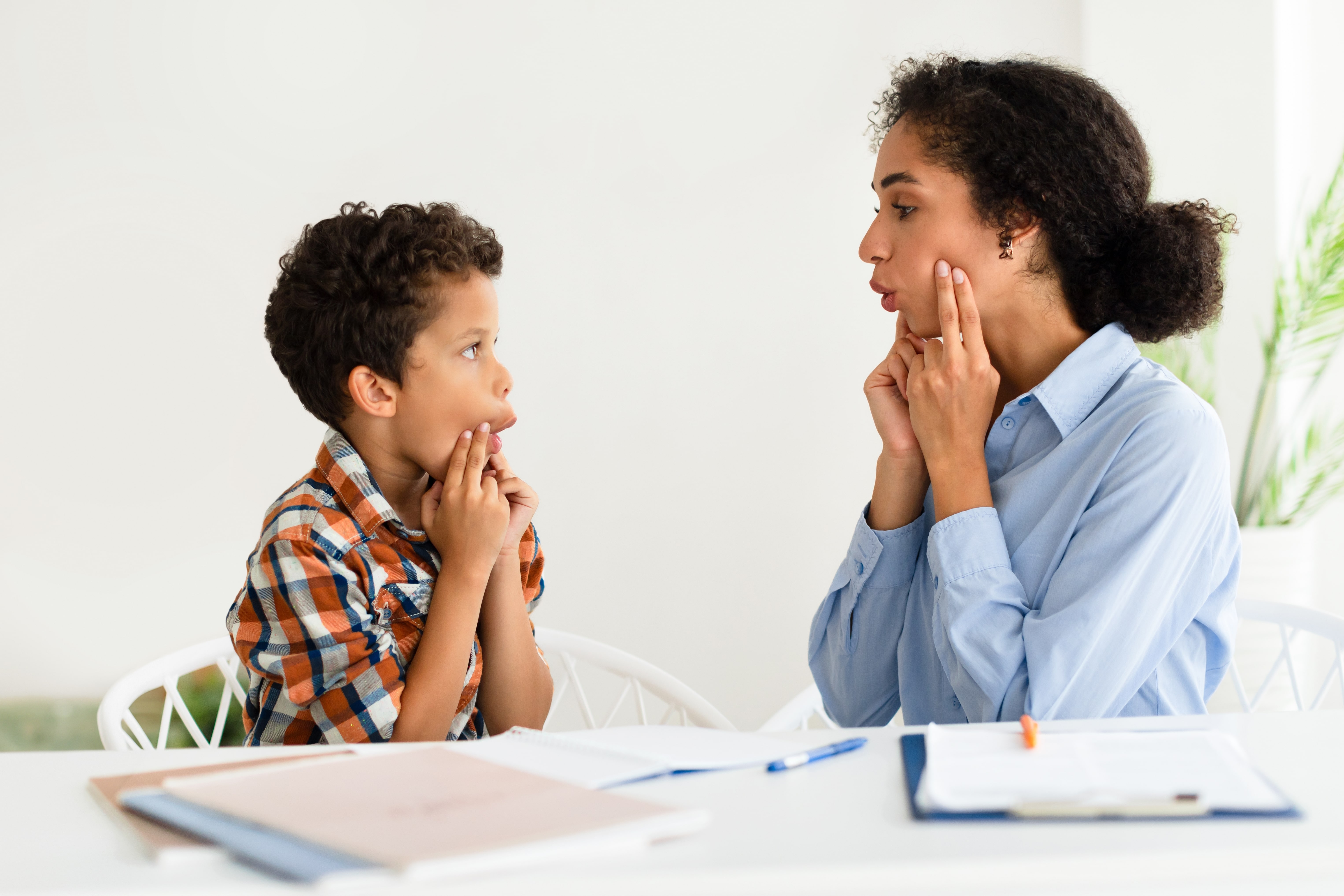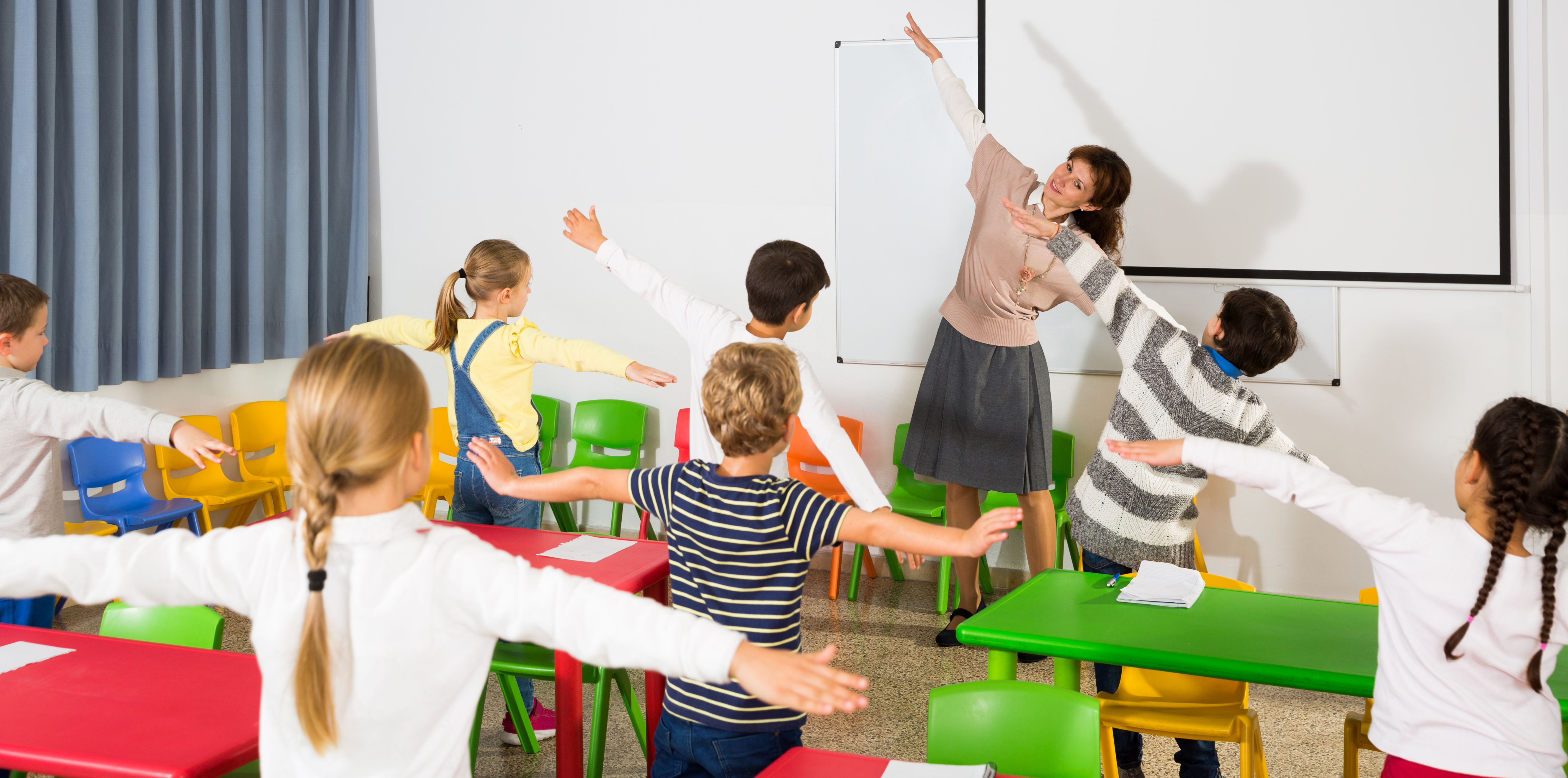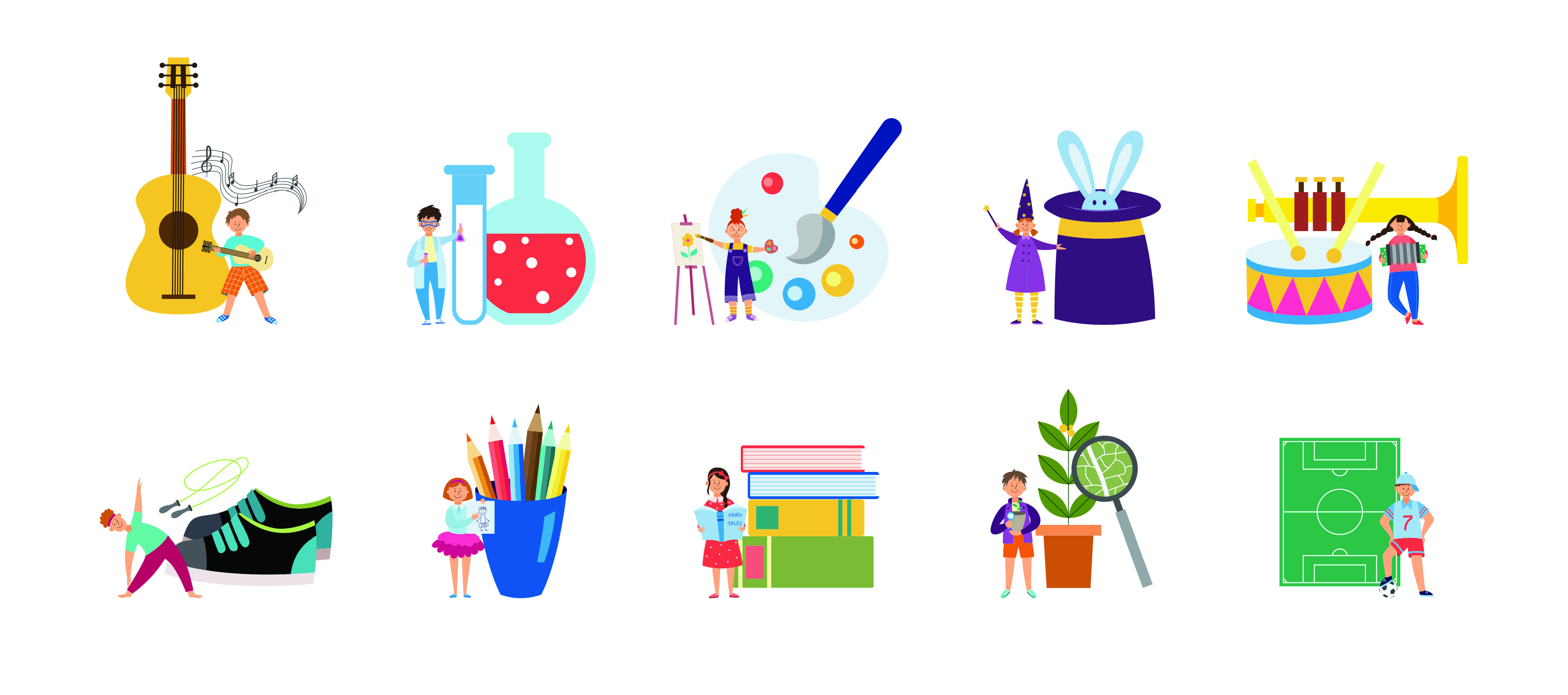Ed Tech Blog

In today's rapidly evolving digital landscape, coding has become an essential skill for students of all abilities, including those who are visually impaired. Teaching blind K-12 students how to code not only opens doors to exciting careers in STEM but also fosters inclusivity, allowing them to fully participate in the tech-driven world. While there are unique challenges—such as navigating complex interfaces and understanding visual elements—there are also immense benefits. Learning to code empowers visually impaired students with problem-solving skills, logical thinking, and creativity, giving them the tools to thrive in the digital age. By embracing adaptive technologies and innovative teaching strategies, we can ensure that every student, regardless of their abilities, has the opportunity to become a skilled coder.
Understanding the Needs of Blind Students
When teaching coding to blind K-12 students, it’s essential to first understand the tools and methods they commonly use in their everyday learning. Braille, screen readers, and tactile graphics are vital resources that help students navigate text-based content. Screen readers, for instance, read out the text displayed on a screen, while Braille displays convert text into a readable format for those proficient in Braille. Recognizing that every student is different, teachers must adapt to each individual’s needs, ensuring a learning environment that fosters independence and accessibility.
Coding offers blind students unique opportunities to develop problem-solving skills in ways that traditional learning methods may not. Through coding, students practice logical reasoning and sequential thinking, giving them a new sense of empowerment. Understanding their needs and integrating the right tools will allow them to engage with the subject fully, just like their sighted peers.
Accessible Coding Tools & Technologies
Blind students can engage with coding thanks to a range of accessible tools and technologies. Popular screen readers like JAWS (Job Access With Speech) and NVDA (NonVisual Desktop...

Speech therapy plays a vital role in helping students develop effective communication skills, which are essential for academic success and social interactions. It addresses speech and language disorders, including difficulties with articulation, fluency, voice, and language comprehension. Identifying students who need speech therapy early is crucial, as timely intervention can significantly improve their ability to communicate and learn, leading to better long-term outcomes. Early detection not only boosts a child’s confidence but also aids in preventing future academic and social challenges. Understanding the signs of speech issues allows educators and parents to seek appropriate help, giving students the best chance to thrive.
Common Speech and Language Disorders
Students may experience a range of speech and language disorders that affect their ability to communicate effectively. Articulation disorders occur when a student struggles to pronounce certain sounds correctly. This can lead to speech that is difficult to understand, especially when the issue persists beyond kindergarten. Fluency disorders, such as stuttering, disrupt the natural flow and rhythm of speech, making it hard for a child to speak smoothly. Voice disorders involve abnormalities in pitch, volume, or vocal quality, which may make a student’s voice sound strained, too soft, or unusually high-pitched. Lastly, language...
Read more: How to Identify and Support Students in Need of Speech Therapy

In today’s educational landscape, the importance of physical activity is becoming increasingly recognized, not just for physical health but for its impact on learning and cognitive development. For secondary students, who often spend long hours sitting in classrooms, integrating movement into their daily routine can significantly enhance their engagement and understanding, particularly in subjects like science. By incorporating physical activity into science classes, educators can create a more dynamic and interactive learning environment that not only boosts students' retention of complex concepts but also supports their overall well-being. In this post, we’ll explore several effective strategies to seamlessly blend movement with science lessons, ensuring that students are not just passive learners but active participants in their educational journey.
Understanding the Benefits of Movement in Learning
Movement isn’t just about keeping students physically active; it’s a powerful tool for enhancing their cognitive, physical, and social-emotional development. Cognitively, incorporating movement into learning helps to enhance memory retention and sharpen focus. When students engage in physical activities, it stimulates various parts of the brain, boosting their ability to recall information and stay attentive during lessons. Moreover, movement can spark creative thinking and improve problem-solving skills, allowing students to approach scientific challenges with fresh...
Read more: Energizing Science: How Movement Boosts Learning and Engagement in the Classroom

In today's education landscape, technology plays an ever-growing role in shaping how students learn, collaborate, and interact with the world around them. Schools are under increasing pressure to integrate cutting-edge tools into classrooms to enhance learning experiences. However, the rapid pace of technological advancement presents a unique set of challenges for schools and educators. With so many tools and platforms available, deciding which technologies to invest in can feel overwhelming. Without a clear strategy, schools risk wasting valuable resources on devices and software that may not fully support student success.
This is where the importance of a well-thought-out tech-buying philosophy comes into play. Schools must go beyond simply acquiring the latest gadgets or apps; they need to ensure that their tech investments align with their broader educational goals. A poorly planned approach can lead to underutilized tools, frustration for both teachers and students, and missed opportunities to boost learning outcomes. On the other hand, a strategic, thoughtful process can maximize the effectiveness of technology in the classroom, ensuring that every tool serves a purpose and drives student engagement and achievement.
Developing a tech-buying philosophy is about creating a framework for making informed decisions that consider the unique needs of a...
Read more: Empowering Education: Building a Thoughtful Tech-Buying Strategy

Connecting with students is one of the most crucial aspects of education. Beyond academic instruction, the bonds teachers form with their students can significantly impact students' motivation, emotional well-being, and overall success in the classroom. Building these connections can be challenging, especially in a structured school day filled with lessons, deadlines, and assessments. However, one of the most effective ways to bridge this gap is through extracurricular activities, where both students and teachers interact in a more informal and engaging setting.
Extracurricular activities—whether they involve sports, arts, clubs, or community service—offer unique opportunities for deeper and more meaningful engagement. Unlike the traditional classroom environment, these activities allow students to express themselves freely, explore their passions, and develop new skills. For teachers, this is an invaluable chance to understand students on a personal level, beyond academic performance, and to see them grow in different dimensions. Whether coaching a soccer team, advising the debate club, or supervising the drama production, teachers can connect with students through shared interests and goals, fostering a sense of belonging and trust.
In this post, we will explore how participating in extracurricular activities can strengthen the relationships between students and teachers. By diving into examples of how...

In today’s educational landscape, the significance of Social-Emotional Learning (SEL) cannot be overstated. SEL encompasses the skills and competencies that enable students to manage their emotions, set goals, show empathy for others, establish positive relationships, and make responsible decisions. These skills are essential not only for academic success but also for personal development and future workplace readiness.
Project-Based Learning (PBL) is an instructional approach that aligns seamlessly with SEL principles. PBL emphasizes experiential learning through projects that require students to engage with real-world challenges. This method fosters a deeper understanding of content while simultaneously nurturing crucial social-emotional skills. By integrating SEL into PBL activities, educators can create a dynamic learning environment that promotes collaboration, critical thinking, and personal growth.
The benefits of merging SEL with PBL are manifold. Students not only gain academic knowledge but also develop resilience, teamwork abilities, and effective communication skills—key components for thriving in today’s interconnected world.
What is Project-Based Learning (PBL)?
Overview of PBL: Project-Based Learning is a student-centered instructional strategy where students learn by actively engaging in projects that address complex, real-world problems. Unlike traditional learning methods that often emphasize rote memorization, PBL encourages students to investigate and respond to authentic questions or challenges...
Read more: Building Social-Emotional Skills Through Project-Based Learning: A Guide for Educators
- Building Bridges: The Importance of Balanced Communication in Education
- Behavior Charts in the Classroom: Balancing Benefits and Drawbacks for Effective Management
- Authentic Learning Unleashed: The Role of Multimedia in Education
- Unlocking the Outdoors: How to Integrate Educational Technology in Outdoor Learning Environments
